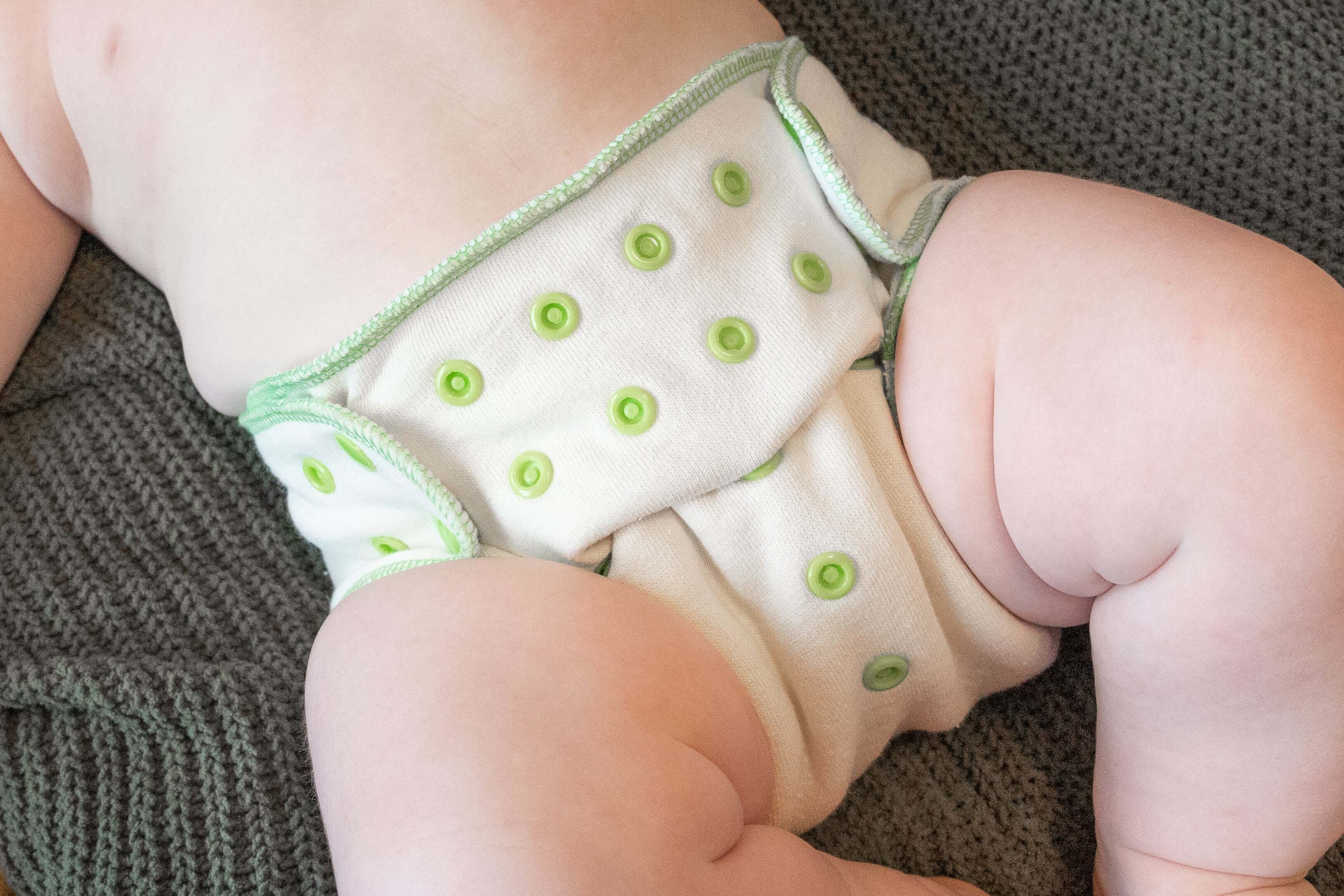
Solving the Mystery of Compression Leaks in Reusable Diapers: A Comprehensive Guide for Parents
Navigating the World of Cloth Diapering with Confidence
Welcome to the intricate world of cloth diapering – a choice that blends sustainability with practical parenting. You've made an admirable decision, choosing a path less traveled yet deeply rewarding. However, like any journey worth taking, it's not without its challenges.
One such hurdle is the notorious 'compression leak'. It's a term that might send shivers down the spine of even the most seasoned cloth-diapering parent. But fear not! We're here to demystify this common issue, offering you pearls of wisdom to keep those leaks at bay.
Understanding Compression Leaks: The What and Why
So, what exactly is a compression leak? It's akin to a tiny rebellion happening right under your nose – or more accurately, under your baby's adorable bottom. When the absorbent material in a cloth diaper is squeezed under pressure (think car seats, tight outfits, or even a snug hug), moisture can escape, leading to leaks. It's not a flaw in the diaper but a clash between absorbency and external pressure.
Spotting the Signs: What to Look For
Detecting a compression leak involves a bit of detective work. Unlike regular leaks that might suggest sizing issues or inadequate absorbency, compression leaks have their own telltale signs. They typically occur around the legs or waist and often happen during specific activities – like after a long car ride. If you notice that leaks happen in these scenarios but not others, you're likely dealing with a compression culprit.
Troubleshooting 101: From Problem to Solution-
Check the Fit: It's a balancing act – too tight and you invite leaks; too loose and you court disaster. Aim for a snug, but not overly tight fit. And keep an eye on those gussets.
-
Evaluate Absorbency Needs: Sometimes, the solution is as simple as boosting the diaper's absorbency. Hemp or bamboo inserts are great allies in this quest while you most likely want to stay away from microfiber.
-
Mind the Materials: Different fabrics have varying levels of compression resistance. Microfiber, for instance, is more prone to compression leaks than natural fibers. Hemp, on the other hand, or our custom Ultimate blend, is not prone to leaking.
-
Assess the Outerwear: Those adorable tight leggings or that snazzy onesie? They might be the culprits. Consider looser clothing options, especially over the diaper area or use a snap extender to allow more room.
-
Lifestyle Adjustments: Plan diaper changes strategically around long car rides or nap times to minimize the chances of leaks.
Best Practices: Sustainable Diapering Made Easy
- Stay Ahead of the Game: Regularly assess your child's growth and adjust the diaper fit and absorbency accordingly.
- Quality over Quantity: Invest in high-quality cloth diapers and accessories. They might cost more upfront but pay off in the long run.
- Laundry Wisdom: Proper laundering preserves the integrity of your diapers. Avoid fabric softeners and follow manufacturer guidelines.
Embracing the Journey with Knowledge and Support
Remember, every child and every diaper is unique. Compression leaks are just one piece of the cloth diapering puzzle. With these insights and tips, you're well-equipped to tackle this challenge head-on. Embrace this journey with patience and a dash of humor. After all, these are the days that will one day be cherished memories of your parenting adventure.


